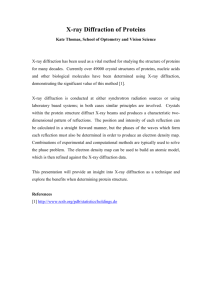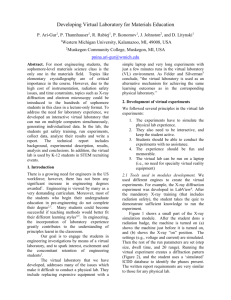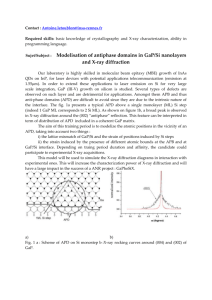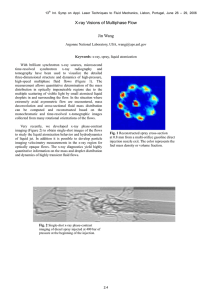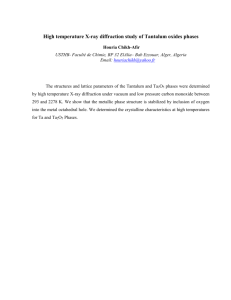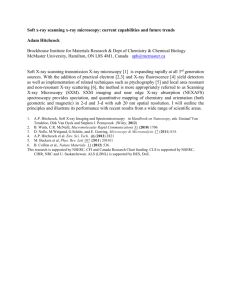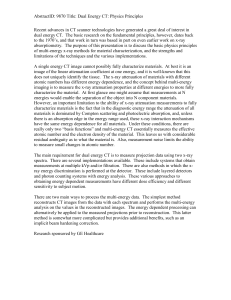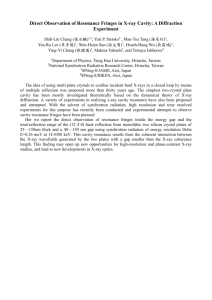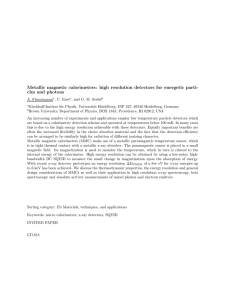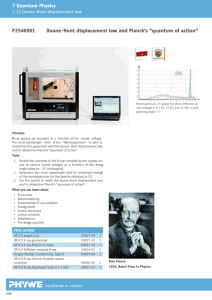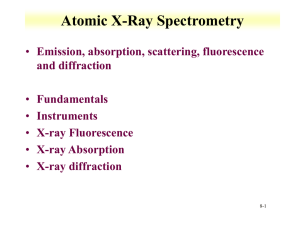Materials Science with 21st Century X
advertisement
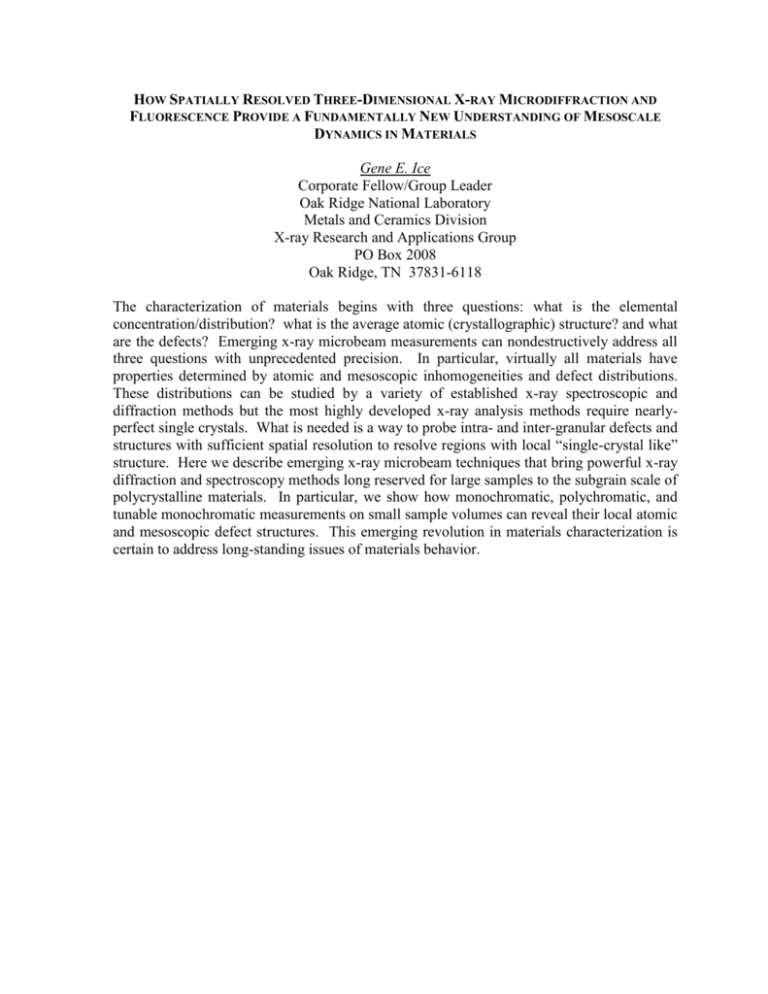
HOW SPATIALLY RESOLVED THREE-DIMENSIONAL X-RAY MICRODIFFRACTION AND FLUORESCENCE PROVIDE A FUNDAMENTALLY NEW UNDERSTANDING OF MESOSCALE DYNAMICS IN MATERIALS Gene E. Ice Corporate Fellow/Group Leader Oak Ridge National Laboratory Metals and Ceramics Division X-ray Research and Applications Group PO Box 2008 Oak Ridge, TN 37831-6118 The characterization of materials begins with three questions: what is the elemental concentration/distribution? what is the average atomic (crystallographic) structure? and what are the defects? Emerging x-ray microbeam measurements can nondestructively address all three questions with unprecedented precision. In particular, virtually all materials have properties determined by atomic and mesoscopic inhomogeneities and defect distributions. These distributions can be studied by a variety of established x-ray spectroscopic and diffraction methods but the most highly developed x-ray analysis methods require nearlyperfect single crystals. What is needed is a way to probe intra- and inter-granular defects and structures with sufficient spatial resolution to resolve regions with local “single-crystal like” structure. Here we describe emerging x-ray microbeam techniques that bring powerful x-ray diffraction and spectroscopy methods long reserved for large samples to the subgrain scale of polycrystalline materials. In particular, we show how monochromatic, polychromatic, and tunable monochromatic measurements on small sample volumes can reveal their local atomic and mesoscopic defect structures. This emerging revolution in materials characterization is certain to address long-standing issues of materials behavior.

